Master Zone Defense with the "Coach in the Middle" Lacrosse Drill
This drill places the coach in the crease to evaluate whether defenders are correctly rotating and covering the most dangerous area in a 5v6 zone setup.
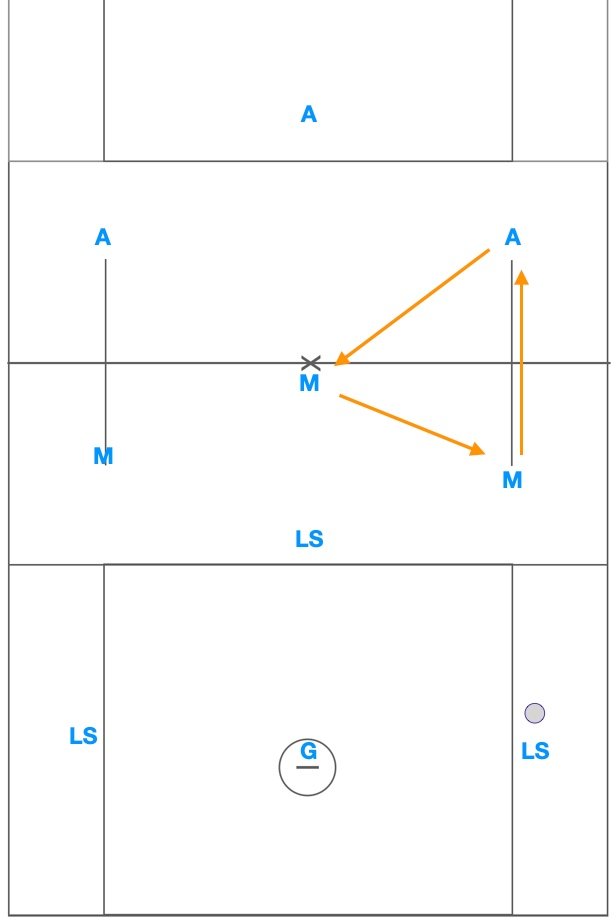
Rotating Triangle clear
The rotating triangle clear ensures constant passing options, natural spacing, and adaptability against high-pressure rides by keeping players in motion and creating multiple exit strategies. This movement forces defenders to chase, prevents turnovers, and allows for a smooth transition into offense without relying on risky long passes or individual dodging.
Clearing Mistakes Youth Lacrosse Teams Make—and How to Fix Them
Common mistakes youth lacrosse players make during clearing, such as rushing passes, poor spacing, and lack of communication, which often lead to turnovers. By addressing these errors with structured strategies and proper coaching, teams can improve their clearing game and minimize costly mistakes.
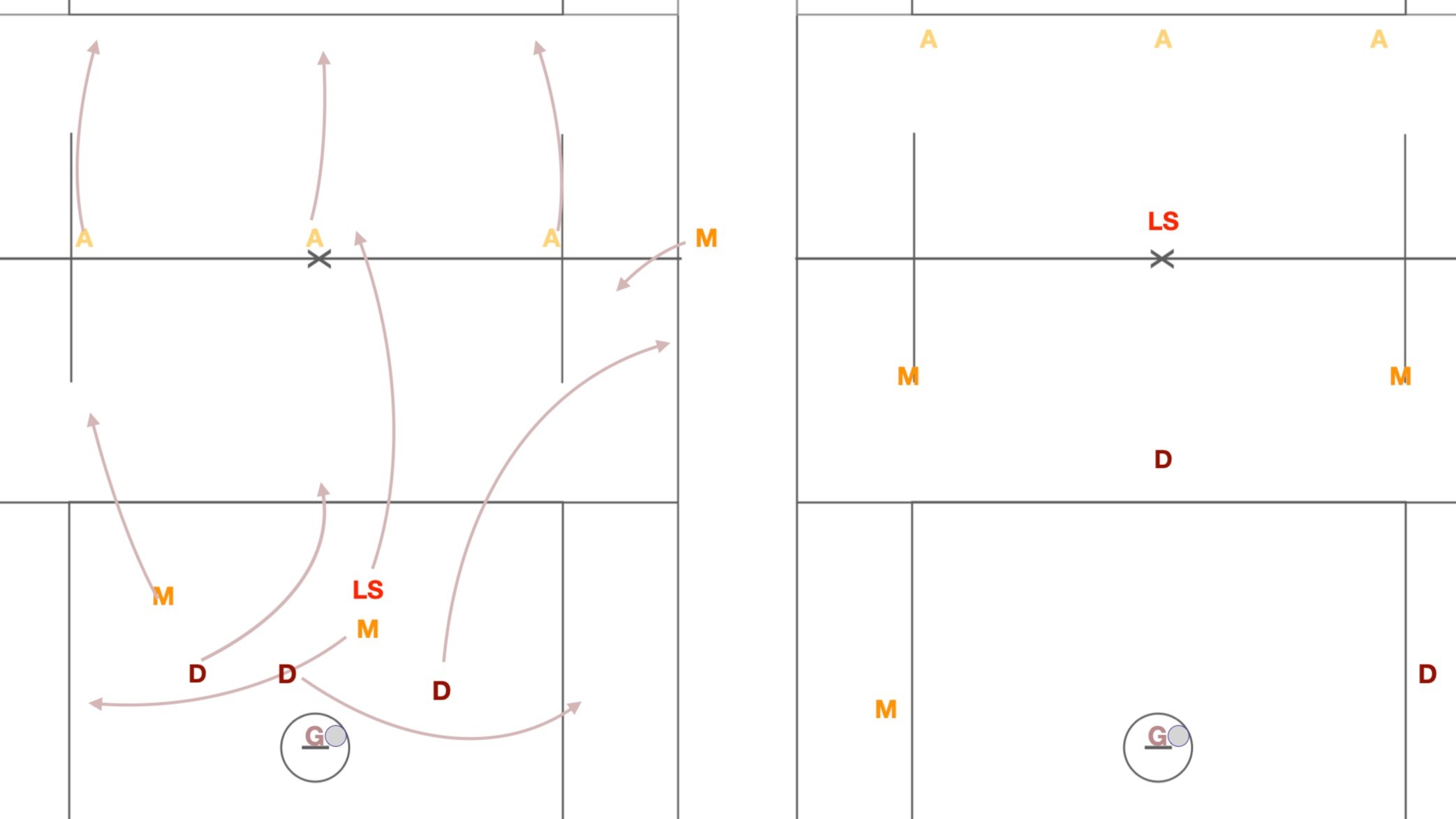
Opposite Box Push Clear
The "Opposite Box Push Clear" maximizes spacing, transitions, and clearing efficiency by leveraging strategic positioning, substitutions, and mismatches against aggressive rides. It’s ideal for teams with skilled LSMs and disciplined communication.
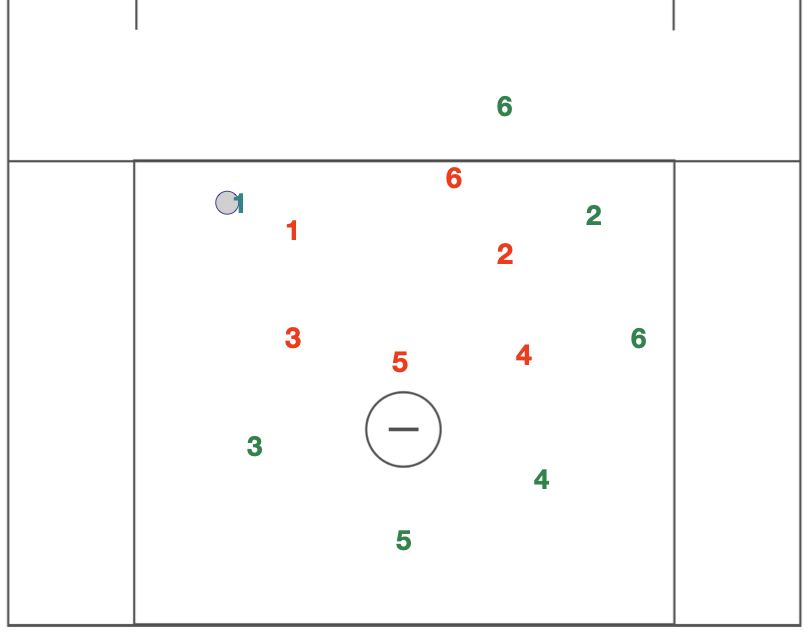
First and Second Slide Strategies Without a Crease Player
In men’s lacrosse, when there’s no offensive player in the crease, the first slide in a man-to-man defense should come from the adjacent defender to the on-ball defender, providing immediate support. The second slide follows from the next adjacent defender or the recovering defender, ensuring all offensive players remain covered. Strong communication, quick recognition, and coordinated movements are key to executing these slides effectively.
Pros and Cons of Shutting Off One Player when Man-Down
Shutting off the opponent’s best offensive player during man-down situations is a risky strategy that can neutralize a key threat and disrupt their game plan. However, it increases pressure on the remaining defenders and can be exploited by a well-prepared offense. Coaches should carefully weigh these pros and cons, considering their defensive capabilities and the opponent’s tendencies before implementing this tactic.

3-3 Zonde Defense
The 3-3 zone in men’s lacrosse is a fundamental defensive strategy that positions three players across the top and three across the bottom of the field. Each defender in men’s lacrosse is responsible for their zone while also supporting their adjacent teammates. This setup simplifies slide packages, making it easier for men’s lacrosse players to understand and execute. While effective, the 3-3 zone in men’s lacrosse can be vulnerable to offensive overloads, requiring quick defensive rotations. Key principles like staying topside help defenders control shooting angles and protect the goal more effectively in men’s lacrosse.
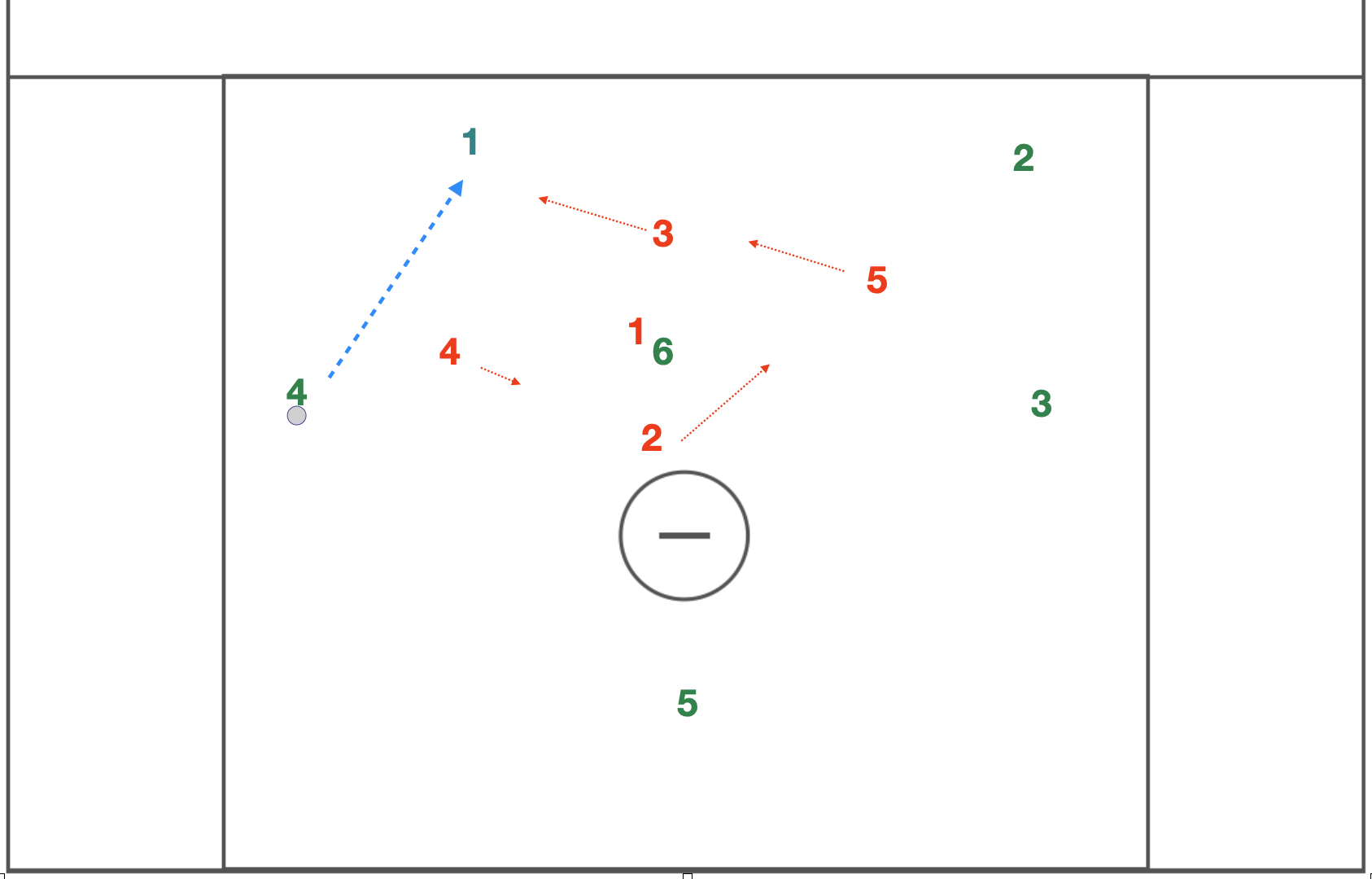
4 man rotation / Box and 1
The Box and One Man-Down Defense employs four rotating defenders in a box formation to eliminate soft spots, with a short-stick defender guarding the crease and acting as the first clear outlet. While this strategy tightens coverage, it is vulnerable to skip passes that bypass the rotation. Success depends on disciplined rotations and strong communication.
Five-Man Rotation: Man-Down Defense in Men’s Lacrosse
The five-man rotation is a man-down lacrosse defense that uses continuous rotation to cover all offensive players. It adapts to different formations, relying on quick recovery and strong communication to maintain defensive pressure.
The Adjacent Slide: A Step-by-Step Guide to Strengthening Your Lacrosse Defense
The adjacent slide is a key lacrosse defense tactic where a nearby defender provides quick support to a teammate under pressure. This guide covers when to use it, how to execute it, and how to teach it, ensuring better communication and positioning to shut down offensive threats
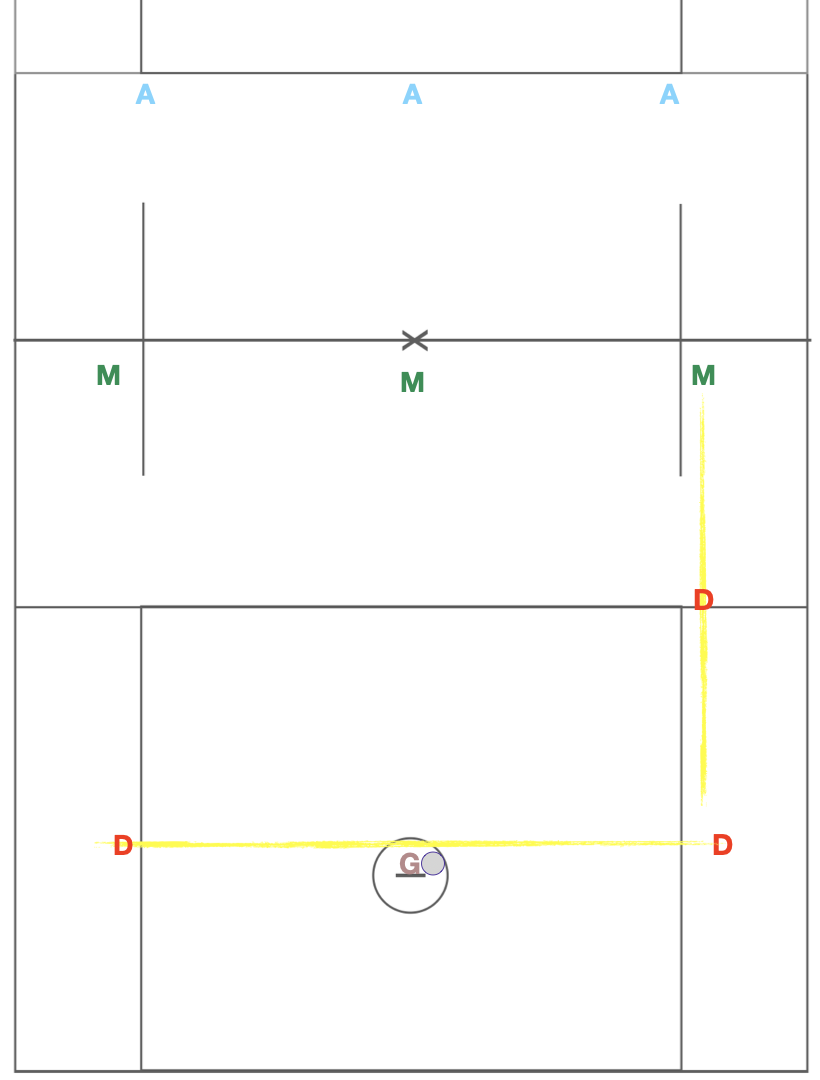
The L Clear in Men’s Lacrosse: Strategy, Execution, and When to Use It
The L Clear in men’s lacrosse is a fundamental strategy for transitioning the ball from defense to offense by utilizing an “L” shaped formation. It creates space, stretches the defense, and provides multiple passing options. Ideal for teams with skilled defensemen and when facing man-to-man rides, the L Clear is simple to execute but can become predictable and vulnerable against zone or trap rides
Crease Slide vs. Adjacent Slide in Lacrosse: A Detailed Guide to Defensive Strategy
In lacrosse, the crease slide and adjacent slide are two key defensive strategies. A crease slide involves a defender near the crease sliding out to help stop an attacker, ideal for protecting the middle of the field and preventing close-range shots. In contrast, an adjacent slide provides quicker help from the closest defender, best for defending perimeter dodges and well-spaced offenses. Both have their advantages and are used in different scenarios, depending on the offensive setup and defensive needs. Understanding when and how to use each can greatly improve a team’s defensive effectiveness.
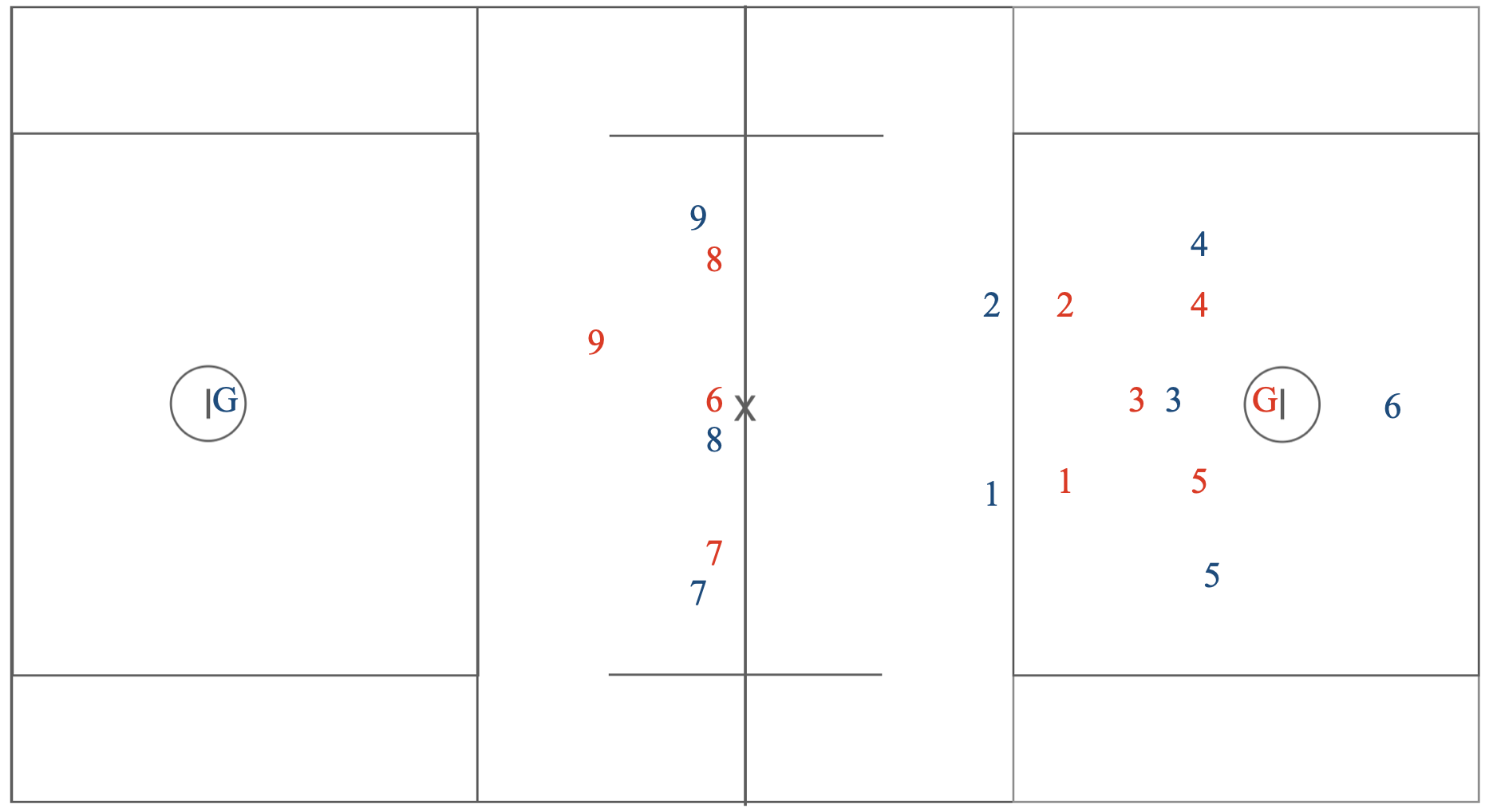
The drill that turned into a game time strategy
This was a man up / man down drill that incorporated fast breaks that became an effective game strategy
Clearing 101 for new coaches
If you are a new to Lacrosse this may help you understand clears a little better.
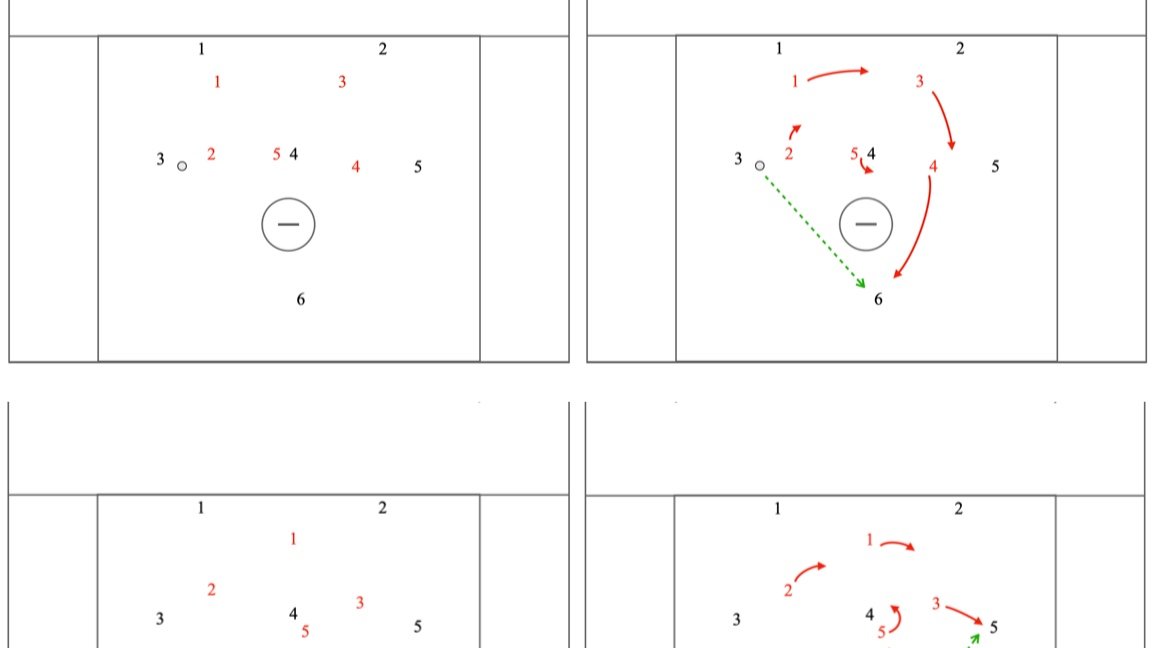
Rotating Box - Man Down Defense
How many of you use the rotating box to pressure the ball when you are man down on defense? Or maybe just to throw a different look at the offense?
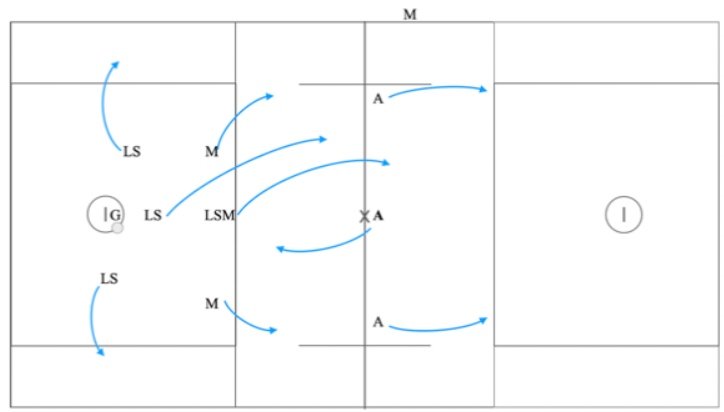
Attack over clear
How can you utilize your superstar to clear the ball without burning him out during the game?
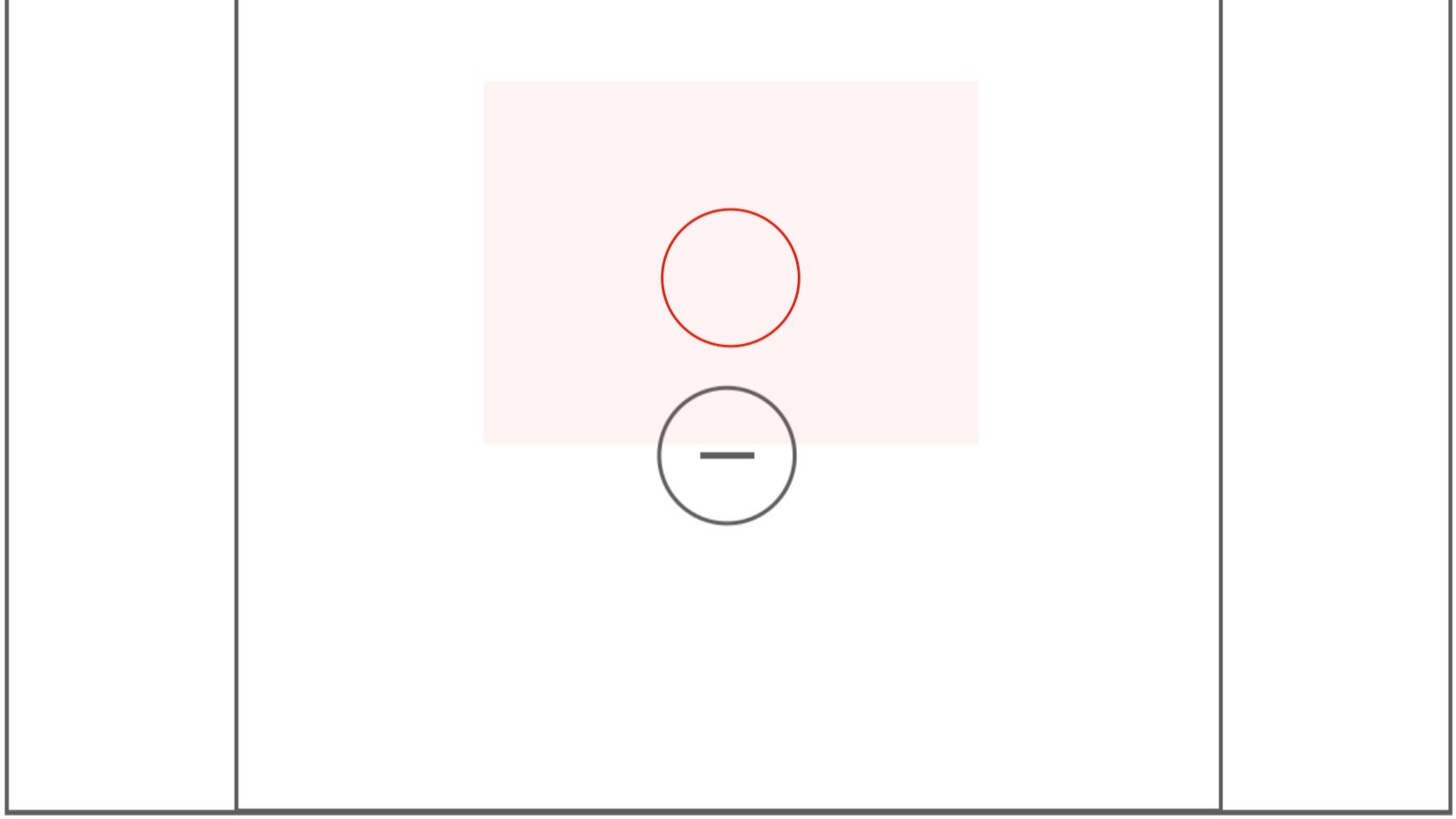
Circle Box Team Defense Concept
I had a very athletic defense with a very low lax IQ. They understood how to get after the ball carrier, press and stay on their bottom hand. But they did not understand off-ball team defensive concepts. Thus I created a few Defensive concepts they could follow regardless if we were in a zone, man to man or even man down.

Running a Zone Defense
Let's go over some basic aspects of a zone and different ways to run it.
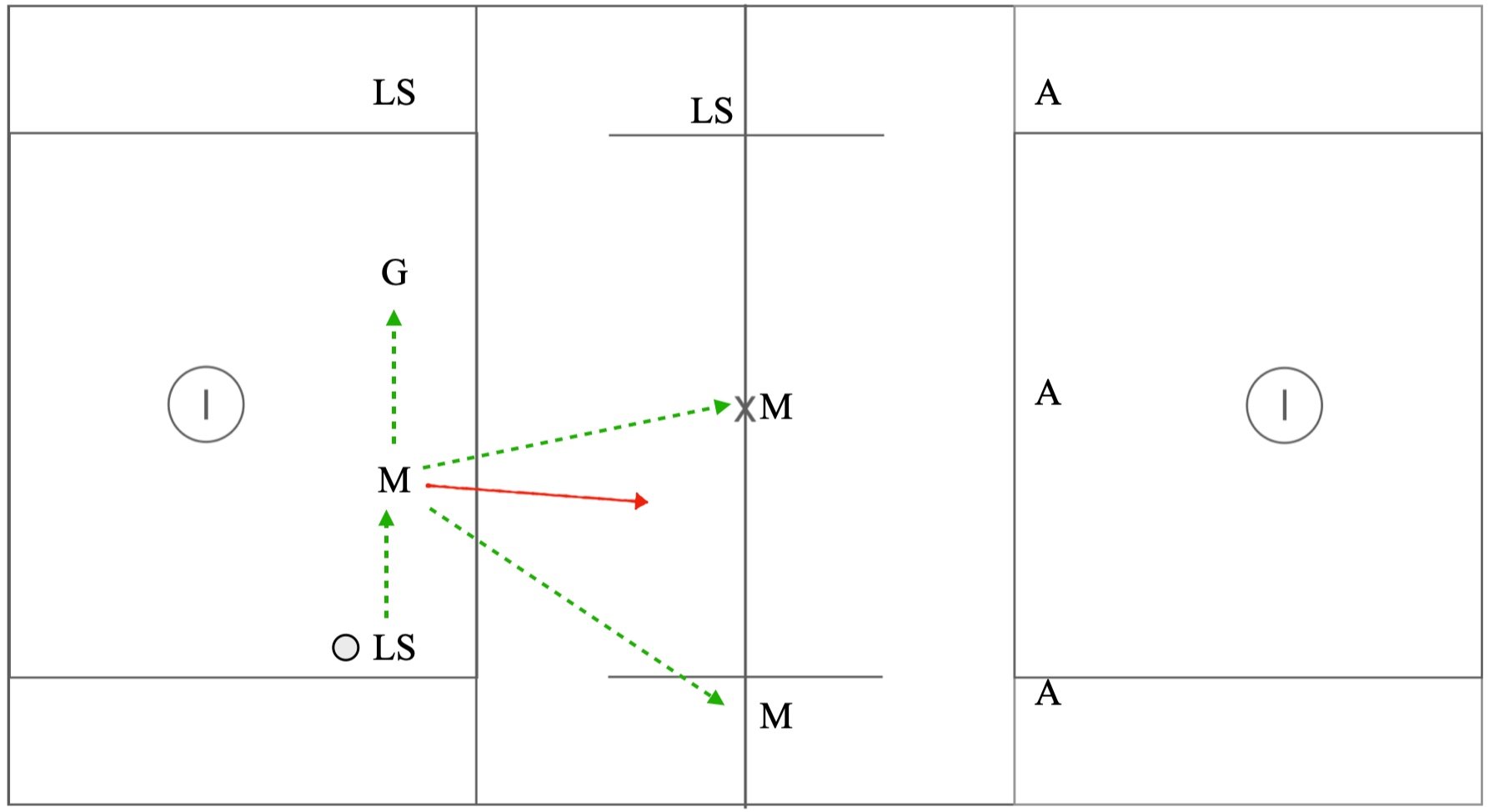
4 man low clear
The 4 Man Low Clear is particularly useful at the youth level as it gives an easy outlet to the ball carrier and eliminates the need for a long pass.

Clearing 101
If you are a new to Lacrosse this may help you understand clears a little better.